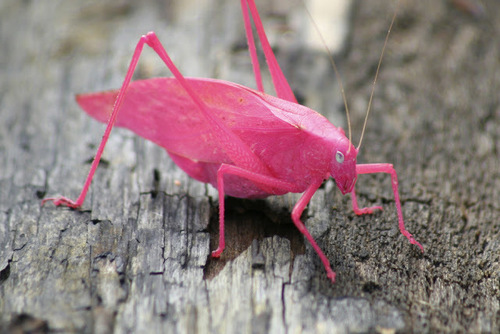For a long time, scientists assumed that having dysfunctional Zinc transport in your blood was bad. That’s understandable. In mice, having this mutation increases incidence of Type 2 Diabetes by 300%.
However, new research published in Nature finds that being “CC” for SLC30A8 actually makes humans 200% *less* likely to develop T2D. This finding was so unexpected, that peer reviewers rejected the new finding out of hand and blocked its publication since it was so commonly known that SLC20A8 mutation causes diabetes. But once the researchers replicated their finding with 150,000 data points, reviewers stopped ignoring them.
Interestingly, 23andMe hasn’t yet updated their blog or their diagnostics in response to the new Nature paper. It’s a shame too because 23andMe is a great tool, but this is the exact kind of mistake naysayers have been worried about: Telling people who were not at risk for a disease that they were. And it doesn’t help that six years ago, 23andMe bragged about how their Type 2 Diabetes report was among the best ones on their site.
Anyway, if you want to recklessly live on the edge of breaking new reversals in genetic science, you can check your own 23andMe. You can open your raw genome file and check Rs13266634. Each “C” reduces your risk of T2D. Or if you still have access, you can look up the SLC20A8 mutation status on your health report. If it’s a nasty looking red bar claiming you’re at higher risk, it actually means you’re 3x less likely to get diabetes. And if it’s a green bar claiming you’re risk is reduced, you’re actually at higher risk. Unless of course you’re a mouse. Then the 23andMe report is completely accurate as is.

8 Responses to “Mutation Once Thought to Imply 300% Greater Risk of Type 2 Diabetes; Found to be 200% Protective Against Type 2 Diabetes”
March 20
Benjamin Ross HoffmanWhat part of the report tells me if I am a mouse?
March 20
Romeo StevensWell if you have CC for SLC30A8 AND you have type 2 diabetes you should update in the direction of being a mouse.
March 20
olimayI really want to know what the pink grasshopper is about, but I’m not a Nature subscriber…
March 20
Brandon ReinhartIs 23andme still blocked by the FDA?
March 20
Louie HelmThey’re blocked from giving health data to new customers. They will still sequence your DNA and show you hereditary data (plus your raw file which you can use with third party apps to decipher health data). Or they just show old customers everything still.
March 20
Avalos SandraQue es eso Louie Helm
March 21
TaurusWasn’t expecting to see p-values that look like this… “Through sequencing or genotyping of ~150,000 individuals across 5 ancestry groups, we identified 12 rare protein-truncating variants in SLC30A8, which encodes an islet zinc transporter (ZnT8)4 and harbors a common variant (p.Trp325Arg) associated with T2D risk and glucose and proinsulin levels. Collectively, carriers of protein-truncating variants had 65% reduced T2D risk (P = 1.7 × 10^−6), and non-diabetic Icelandic carriers of a frameshift variant (p.Lys34Serfs*50) demonstrated reduced glucose levels (−0.17 s.d., P = 4.6 × 10^−4)”
March 25
brainwav93You can’t be “3x” less likely to get something that can’t go lower than 0. Scientist and math guy who can’t do basic math? Did he perhaps mean “2/3 less likely?”